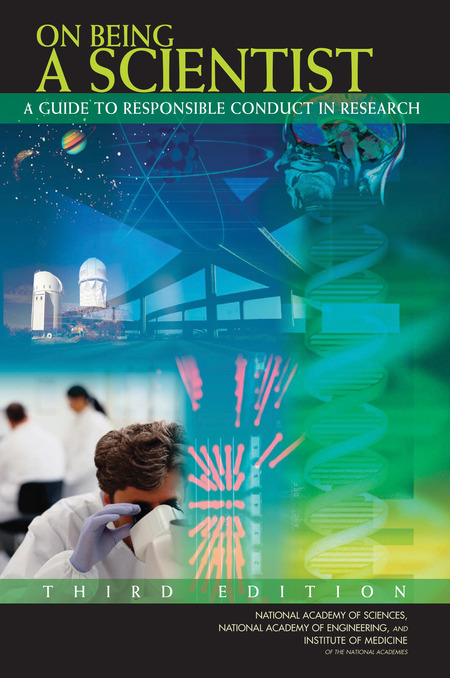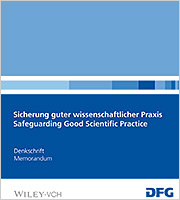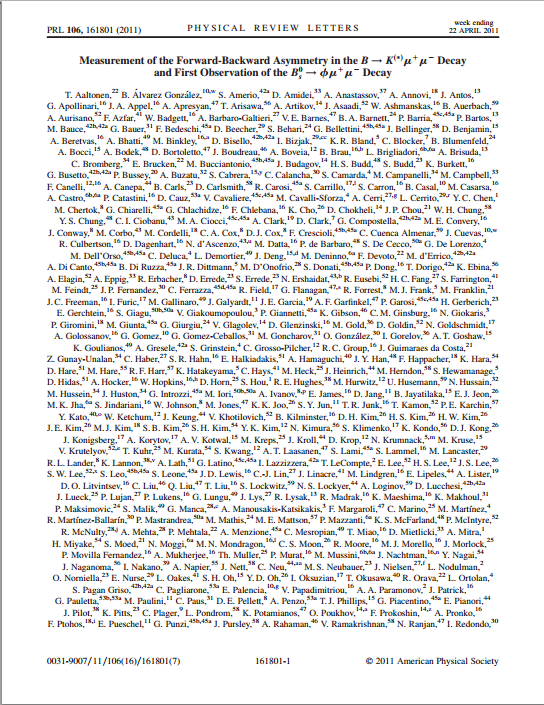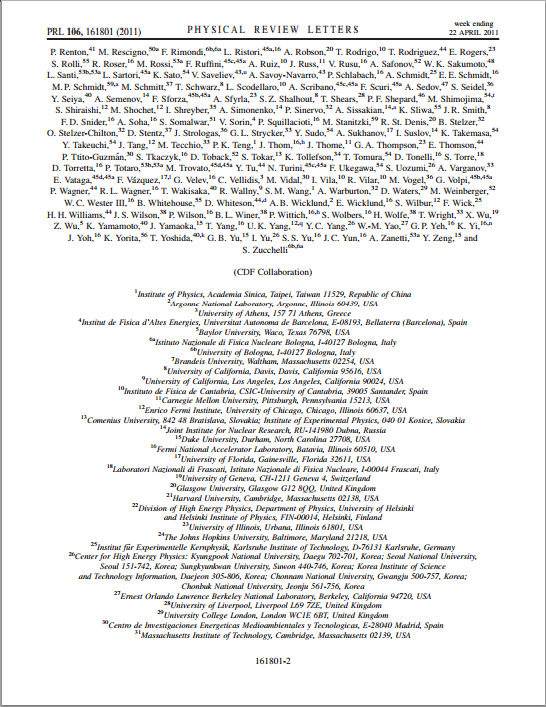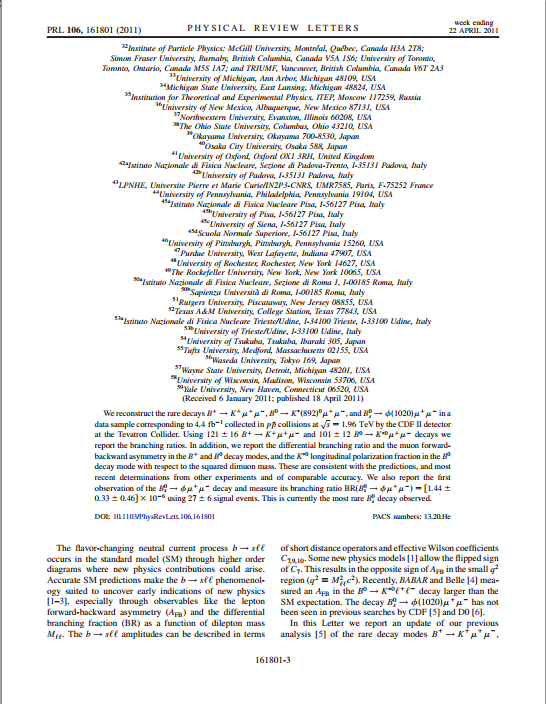Good and Bad
Scientific Practice
inspired by
- an exposition of Peter Sigmund (U Odense) and
- The Dilemma Game (U Rotterdam)
Carsten Damm (U Göttingen)
Good Scientific Practice …
... lesser a set of rules than an attitude to be aquired
Terminology
scientific misconduct \(\longleftrightarrow\) good scientific practice
- scientific misconduct: a serious offence, defined by law
- good practice:
doing honest and trustworthy work
(less rigorously defined) - bad practice is between these poles
- doesn't bring you to jail
- but may affect your reputation among
your peers, colleages, and students
Scientific misconduct
- Definition
falsification, fabrication, plagiarism and other serious violations of good scientific practice commited wilfully .. on planning, performance or reporting of research results.
- Examples
- theft of ideas
- undisclosed excluding undesired data or manipulating images
- undisclosed unusual and misleading use of statistical methods
- utilizing (co-)authorship of a person without his consent
- (co-)authorship of a person without essential contribution
Protection systems against research misconduct
examples of high rank investigation comissions
- Denmark: Committees on Scientific Dishonesty
- USA: Office of research Integrity
- Germany: Ombudsman für die Wissenschaft
lower rank structures
- contact persons for scientific integrity/counseling system
- commission at our university
- certainly similar also at your university
the less these commissions have to do, the better
but, there mere existence shows: they have their work …
Useful Documents
- On being a scientist
Committee on Science Engineering and Public Policy (2009) - Singapore Statement on Research Integrity
The 2nd World Conference on Research Integrity (2010) - Safeguarding Good Scientific Practice
Deutsche Forschungsgemeinschaft (2010 + 2013)
|
|
|
How to survive
Documentation is your ensurance
Keep your Documentation!
- lab records, data treatment and statistics
- computer codes, output, source code for image generation
How much to keep?
- Everything needed for reproduction (may depend …)
How long to keep?
- primary data: a minimum of 10 years (recommends DFG)
How to keep?
- ask for local regulations!
That's pretty obvious, what's the problem?
technical effort
- durability of media, data managment
- consistency of data (is it complete? refers to same moment in time, …)
- understandability (what does it mean? is it really related to published results or just "stored away", …)
ethical
subtle questions without an all-valid yes/no-answer …
Let's consider two examples taken from "The dilemma game".
Publication
- as a scientist you have to publish your findings
- characteristics of a good paper:
1) reporting sound, original and interesting research
2) necessary documentation and clear presentation
3) fair credit to previous work
4) proper credit to contributors (title page or acknowledgement)
- 4) and 3) deserve attention to avoid misconduct
Authorship
An example with many authors
|
|
|
|
Intricate procedures may be required to ensure quality of research output while proper acknowledge the funding.
Rights and obligations for coauthors (see: American Physical Society)
- all collaborators share some degree of responsibility
- either responsibility for the entire paper as accurate and
verifiable report of research
e.g., integrity of data, main analysis, manuscript writing, conference presentation, scientific leadership
-
or responsibility only for specific, limited contribution (quality ensurance process!)
e.g., analysis of a limited part of the data, a special, non-decisive way of analysis
- either responsibility for the entire paper as accurate and
verifiable report of research
- every coauthor should review the manuscript and has obligation to prompt correction of errors or even retractions of parts
Order of author names
- is not a matter of taste but of
- alphabet (e.g., mathematics, theoretical computer science)
- amount/kind of contribution (e.g., live sciences)
- tradition (all communities)
- non-author contributions should be acknowledged
- non-contribution authors are to be avoided
Quotations and Permissions
- proper referencing is essential:
- gives credit to related work, puts current into context
- supports verification and guides readers
- helps to avoid duplication of effort
- clearly identify the source of:
- important findings, ideas, arguments
- mathematical derivations, algorithms, computer programs
- photos, diagrams, tables, verbatim text
- ask the copyright holder for permission to use figures!
All very understandable, what's the problem?
effort
- to identify the true source of an idea, photo, …
- to find an appropriate trade-off between completeness (survey paper) and representative sample (research paper)
- to estimate a collaborators contribution
- to agree on a joint publication policy
ethical
subtle questions without an all-valid yes/no-answer …
Let's consider examples taken from "The dilemma game".
Note on the refereeing process
- peer-reviewed publications are a key ingredient of a scientific career
- as a researcher you typically live in both worlds
- your papers get reviewed and
- you act as a reviewer on other author's papers
Here is a teaser from the Dilemma game
How to (not) run into misconduct
Categories of misconduct reported in press
- fabricated or fictive data
- plagiarism
- manipulating statistics
- questionable scientific basis for drawn conclusions
Rarely such cases start with intention of fraud, rather
- people get carried away or
- are under pressure
Let's look into some scenarios from the Dilemma game.
Concluding Remarks
Self protection against being involved (not 100% …)
- observe your scientific environment:
How would you decide?
- train your senses for scientific (mis-)conduct
- read about research integrity (see references)
- discuss with others
References
- Peter Sigmund: Good and Bad Scientific Practice. Lecture at the University of Southern Denmark (2011)
- The dilemma game Professionalism and integrity in research. Card game developed by the Erasmus University Rotterdam
Technical acknowledgement
This presentation is based on reveal.js and was prepared using the org-mode of emacs and its extension org-reveal.
